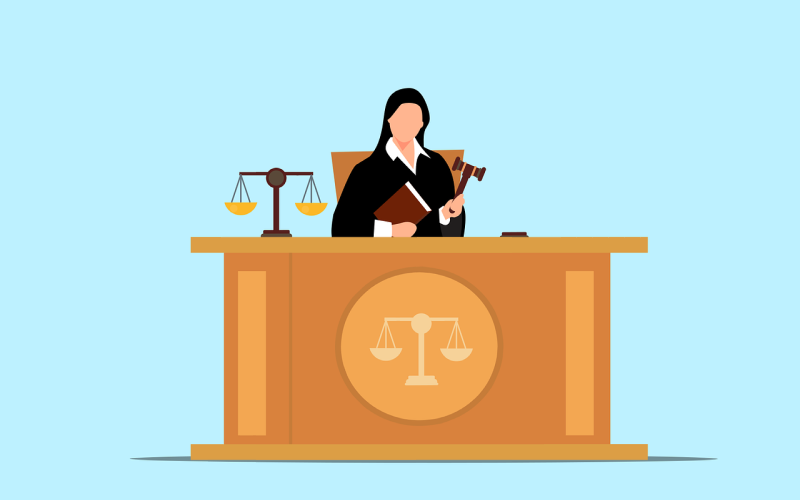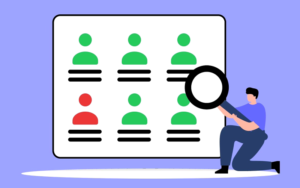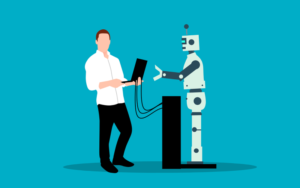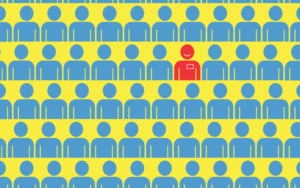With its ability to forecast crimes, evaluate defendants’ risk levels, and even recognize suspects through face recognition, artificial intelligence is emerging as a significant force in the criminal justice system. It is an intriguing change that might simplify the system, speed it up, and even make it more objective. However, even though AI appears to provide simple solutions, justice is not always so simple in practice. We are left to consider moral dilemmas pertaining to justice, openness, and the fundamentally human aspect of judgment as this technology becomes more prevalent.
Bias is one of the main problems. Historical data, which frequently reflects historical injustices, is used to train AI systems. An AI system may wind up perpetuating racial or socioeconomic discriminating trends if it is fed decades’ worth of crime data. Consider communities that are already overpoliced due to past arrests. In a world where AI does not disrupt established patterns—rather, it strengthens them—a loop of surveillance and arrests will continue if computers continue to detect certain places. This exacerbates the very prejudices and divisions that we would hope technology could help dismantle, not making communities safer.
The issue of transparency comes next. Decisions made by AI are frequently based on intricate models that are occasionally difficult for even experts to understand. It is possible that officers and judges will depend on an AI-generated risk assessment score without fully comprehending how it was determined. Telling someone that “the AI suggests this” without providing a detailed reason is insufficient when the stakes are high—their freedom or even their lives. Understanding and the capacity to challenge and defend judgments are prerequisites for justice. Without transparency, we run the risk of building an untrustworthy system whose choices appear arbitrary because they are made by an algorithm rather than by a human being.
Privacy is a very real issue that goes beyond fairness and transparency. Despite their immense utility, surveillance technologies like facial recognition can turn public areas into a stage where people are continuously watched. People who are innocent of any wrongdoing may feel pressured to change their behavior due to the societal repercussions of this “watchful eye.” A democratic society must strike a balance between individual liberty and public safety, and facial recognition technology blurs this boundary.
There is also the issue of whether we are giving AI too much control. Criminal justice decisions are not always clear-cut; they take into account complicated emotions, human circumstances, and intentions. AI is able to analyze data and identify trends, but it is not as human as humans at considering empathy and context. It seems like a trade-off between efficiency and human understanding to leave these decisions up to an algorithm alone. Even while AI can help, human experts should have the final say since they can provide insights that data cannot.
Caution is essential as we advance AI in criminal justice. We need robust openness, ongoing checks on prejudice, and unambiguous accountability for when things go wrong if AI is to play a role that genuinely improves justice. Above all, these tools should continue to be tools. They are there to help, educate, and encourage—but not to replace the human judgment that forms the foundation of our justice system.




